Normally, there are five gel-like cervical discs (one between each of the lumbar spines’ vertebrae) that absorb shock and prevent vertebral bones from rubbing against each other while the neck moves. Each disc is comprised of a tough but flexible outer layer of woven cartilage strands, called the annulus fibrosus. Sealed inside the annulus fibrosus is a soft interior filled with a mucoprotein gel called the nucleus pulposus. The nucleus gives the disc its shock absorption property. In children, the discs are about 85% water. The discs begin to naturally lose hydration during the aging process. Some estimates have the disc’s water content typically falling to 70% by age 70, but in some people the disc can lose hydration much more quickly. As the disc loses hydration, it offers less cushioning and becomes more prone to cracks and tears. The disc is not able to easily repair itself because it does not have a direct blood supply (instead getting nutrients through diffusion caused by healthy movement with adjacent structures). As such, a tear in the disc either will not heal or will develop weaker scar tissue that has potential to break again. We also know that nerves run between the vertebrae and when disc degenerates we can sometimes see a pinching of these nerves leading to symptoms include pain radiating from the buttocks down the leg. When the inner part of the disc, the Nucleus Pulposis squishes out the side of the disc, this is referred to as a disc herniation. Depending on the size and location of the disc herniation it may put pressure on a nearby nerve and cause pain or numbness/tingling/pain in the hips, buttocks and legs commonly referred to as sciatica. Sciatica is pain along the sciatic nerve. It usually results from compression of nerve roots in the lower back. Other common causes include intervertebral disk herniation, osteophytes, and narrowing of the spinal canal (spinal stenosis). Severe cases may result in Cauda Equina Syndrome causing bladder and bowel symptoms.
At Advanced Pain Relief Clinic we use treatments to boost the bodies ability to repair and produce healthier, better hydrated tissues through laser and shockwave therapy and create unloading/restorative pressures on the discs and introduce better movement Spinal Decompression Therapy and occasionally/optionally Chiropractic adjustments for on-going relief.
